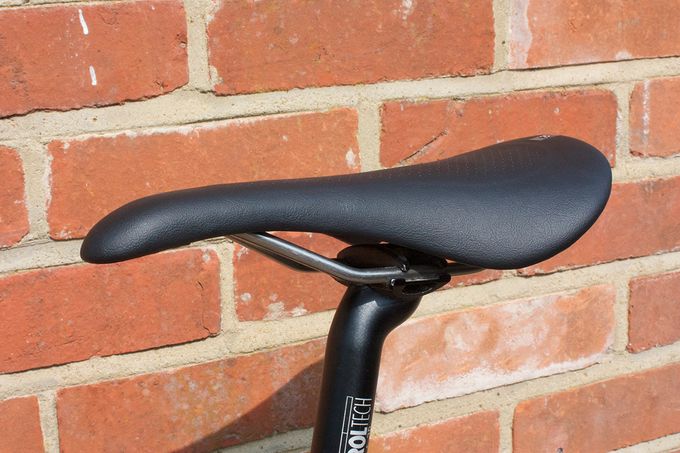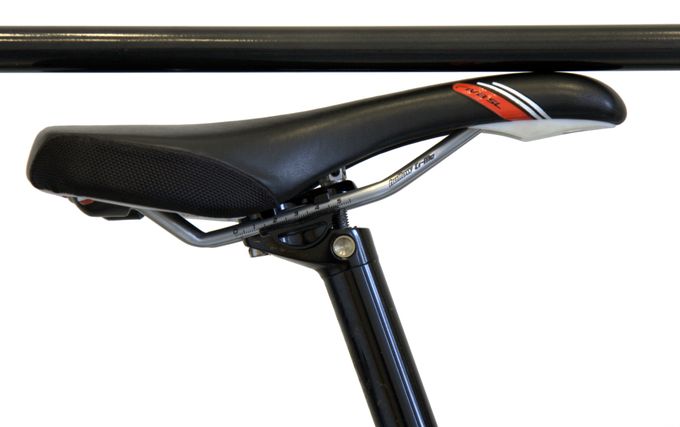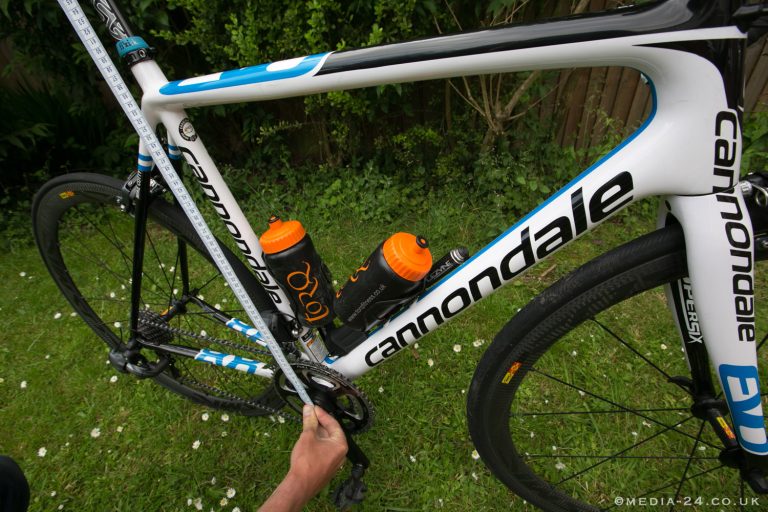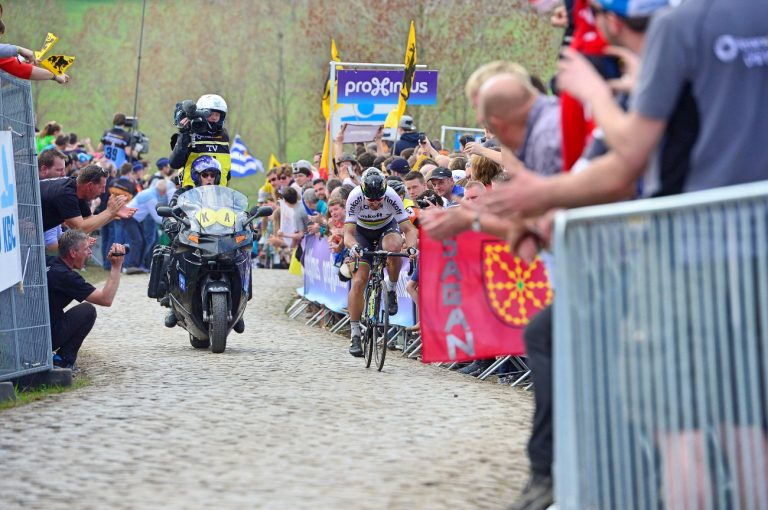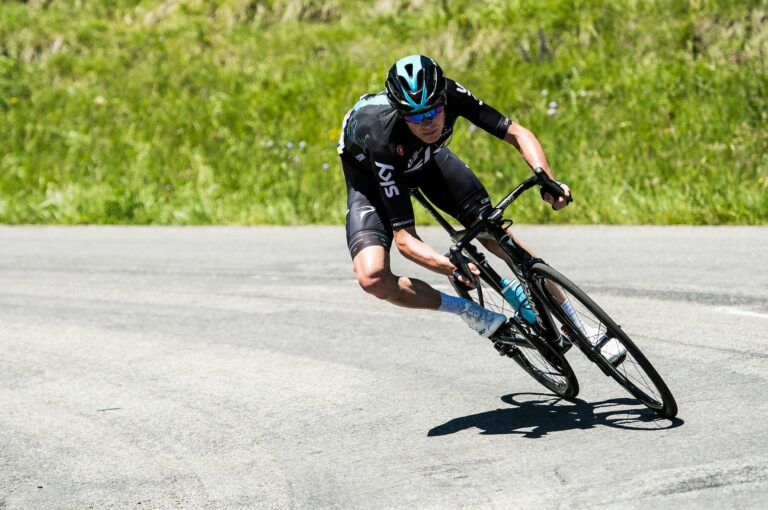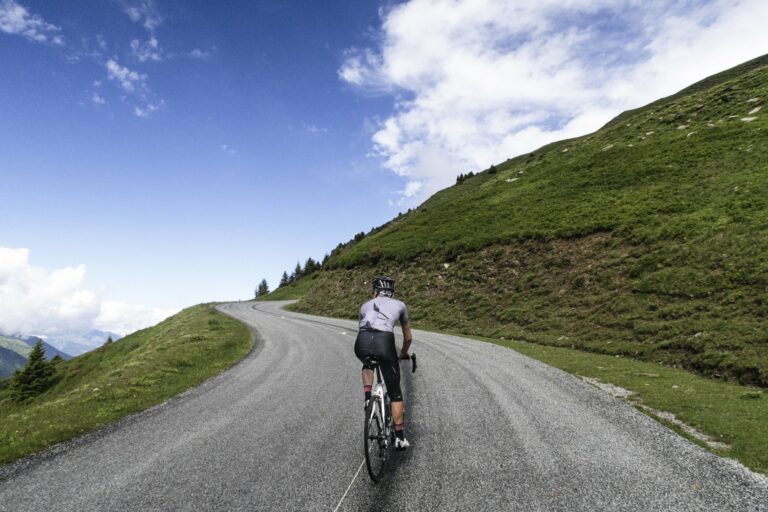When a new cyclist buys a bike they may take the advice of the shop staff when it comes to setting the saddle height, but that’s about it. A couple of hundred miles later and there may be a change of saddle to try and improve comfort, but the angle of the saddle itself can have just as big an impact on comfort as the choice of perch.
In order to get an experts view of how to adjust your saddle angle not only for comfort, but also for maximum efficiency, we spoke to two professional bike fitters: Nigel Macaodha of Bespoke Cycling and Simon Jackson from Cadence Performance.
